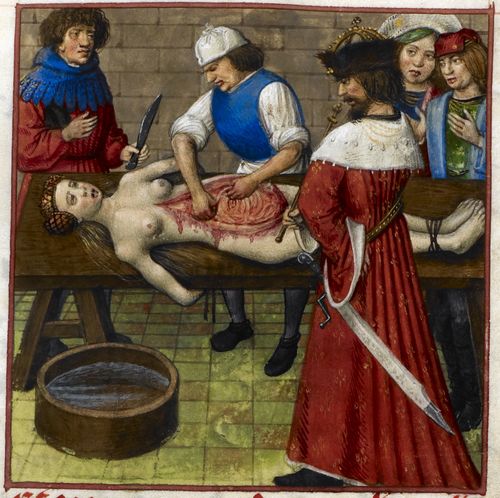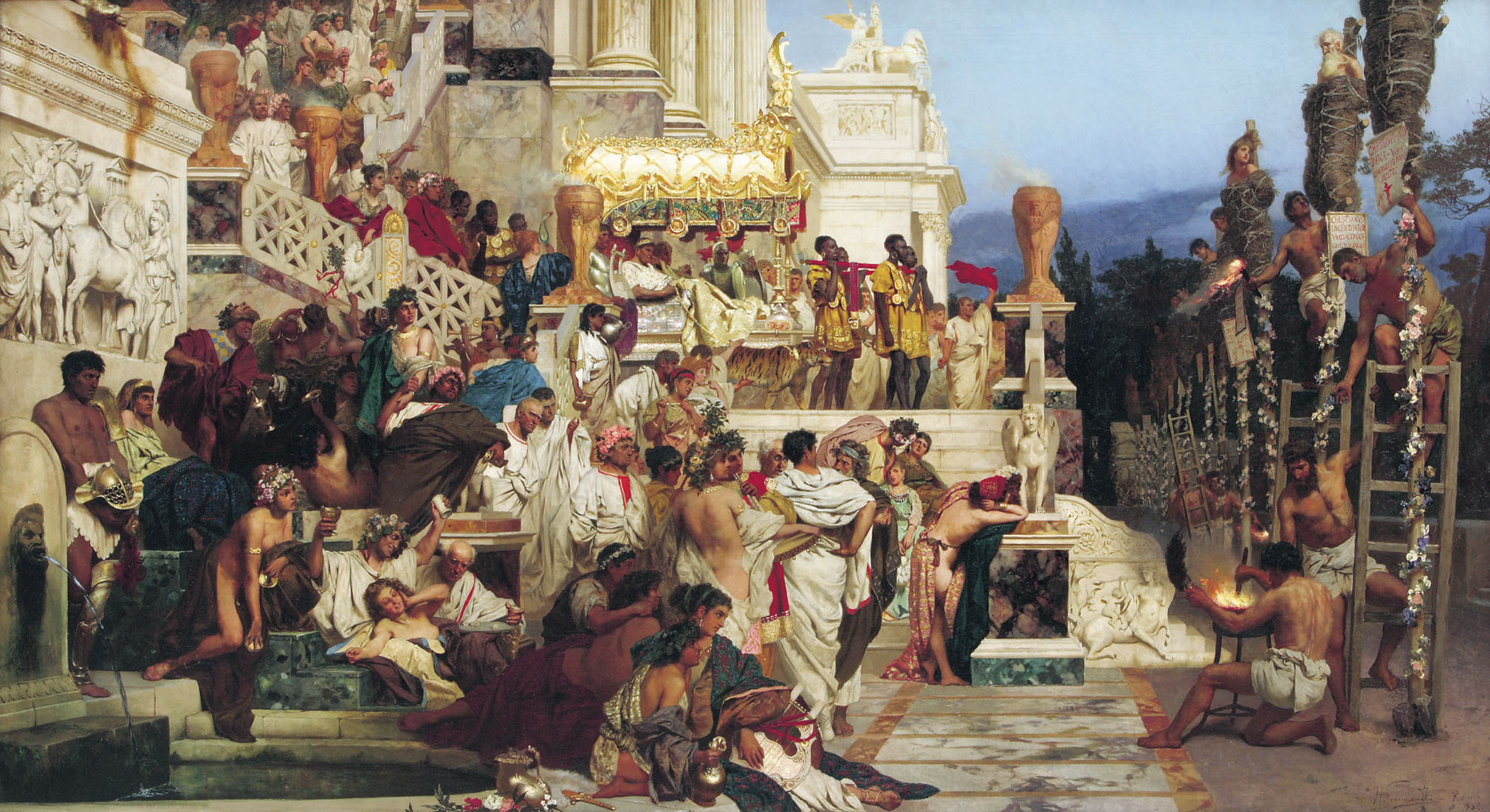
The Seeress: Germanic Tribes, Vikings, and Witches
Podcast: Play in new window | Download (Duration: 50:20 — 57.6MB)
Subscribe: Apple Podcasts | Spotify | Android | Podchaser | RSS | More
In pagan Germanic cultures, the seeress played an extremely important role, not only as a clairvoyant, but also often fulfilling the role of a priestess, wisewoman or witch.
We begin with a short clip from Robert Eggers’ The Northman, in which Björk plays a seeress. Old Norse words used to describe this role include spákona, or völva (pl. völvur, völur) — the last meaning “staff bearer,” as a staff was a signifying attribute of the völva, one possibly also used as a magic wand. Staffs discovered in graves of certain high-status women, as suggested by luxurious grave goods, suggest these individuals may have been völvur. We hear some details regarding such discoveries in Denmark and Sweden.
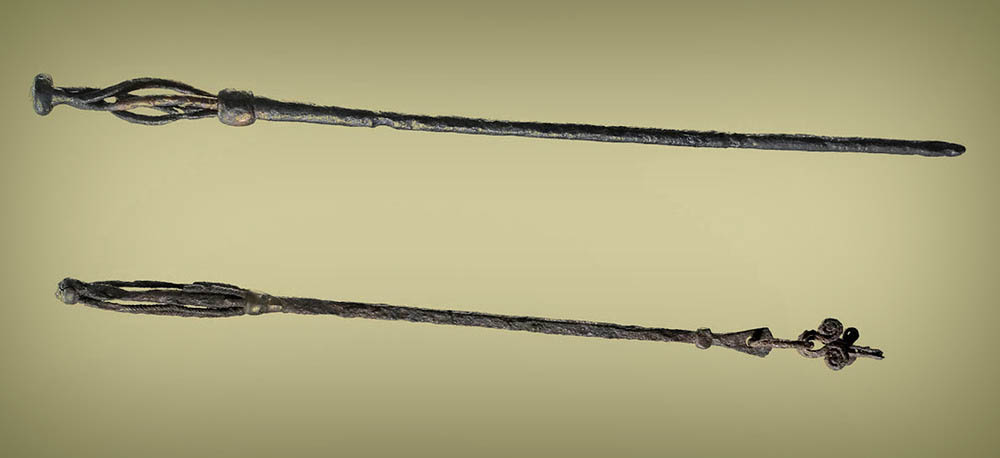
Next we provide a quick overview of the Nordic magic that may have been part of the völva‘s repertoire. Two Old Norse designations for witchcraft are galdr and seiðr (Anglicized as seidr). The latter has more to do with spoken or sung charms, and the latter most prominently with control of mental states but can also involve manipulation of physical realities.
We also address briefly the notion that, like the sibyls of the Classical world, the völva likely entered a trance in order to produce her utterances. Drumming is popularly associated with this, as it is central to the shamanic practice of the Sammi people on the northern and eastern fringes of Scandinavia and Lapland.
The first accounts we have of völvur come from Roman encounters with Germanic peoples on Europe’s mainland. A particularly important account we hear comes from Tacitus’ Histories, in which he describes a seeress by the name of Veleda, who guided the Bructeri tribe through their conflicts with the Romans. We also hear about a sacred grove of the Germans, one likely described to Tacitus by a Germanic priestess by the name of Ganna during her visit to Rome.
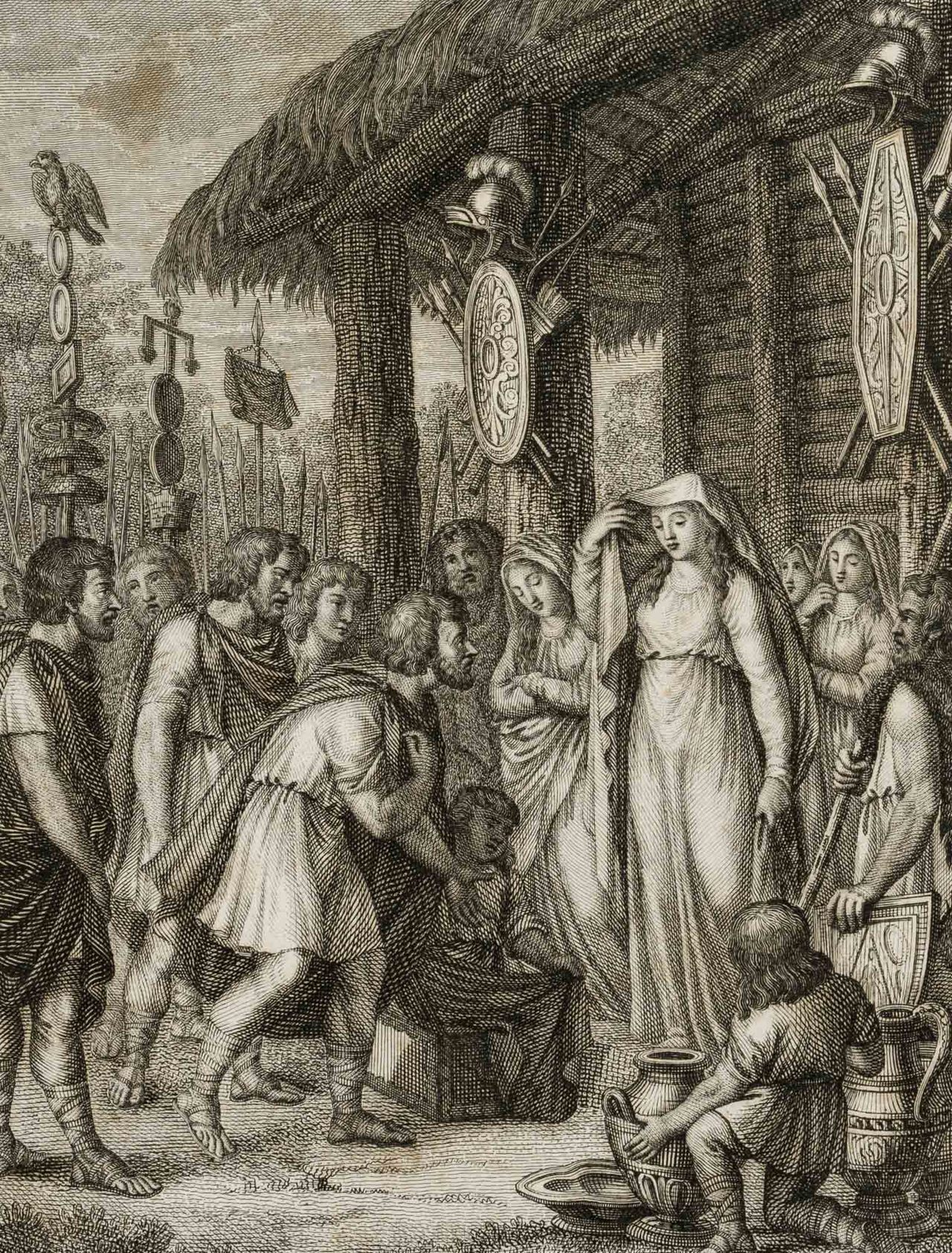
We also hear from the Greek historian Strabo, who in his Geographic portrays female seers of the Cimbri people, sacrificing prisoners of war, bleeding them, and telling fortunes from their entrails. Mrs. Karswell provides a lovely reading of this passage.
The earliest of our Scandinavian texts. one written anonymously probably around 960, is the Völuspá, (literally: “the prophecy of the völva). In the narrative the seeress in question is sought out by Odin himself, a dynamic testifying to the importance of the völva in Germanic culture.
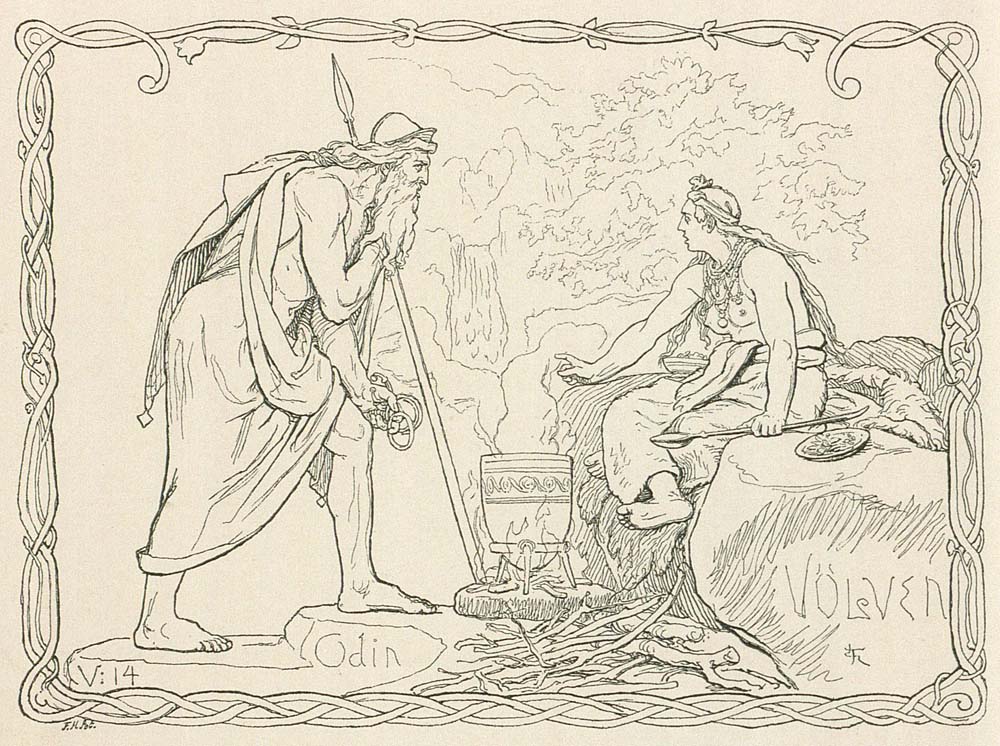
A particular episode in this epic poem features a seeress by the name of Gullveig (later changed to Heidr) who is attacked by the gods in Odin’s hall, an event leading to the war between the two divine races, the Aesir and Vanir. It’s speculated that this seeress may be the narrator of the prophecies recounted in the poem.
Probably the most finely detailed account of the völva’s activities in the real comes from the 13th-century Saga of Erik the Red. Its description emphasizes the honor with which the seeress was treated while visiting farmsteads to relate her prophecies. It also notes the use of galdr (singing magic) and lavishly details the special attire worn by a seeress.
Our next selected episode featuring a völva comes from the 13th-century Icelandic saga, the Saga of Örvar-Odd, a name translated usually as “Arrow-Odd”. This one involves the seer’s prophecy of an inescapable fate involving a horse.
Our final story of a Nordic witch is from Gesta Danorum or”Deeds of the Danes,” a 12th-century chronicle of the country by Saxo Grammaticus. It features a witch who transforms herself into a walrus at a critical moment and a body that really needs to be buried.
We close with some audio snippets from Freyia Norling, a modern practitioner of seidr, who from her home in the Arctic Circle, hosts the intriguing YouTube Channel “A Discovery of Nordic Witches.”

